After replacing, or removing and reinstalling, the B233B Forward Range Radar Sensor on the 2024-2025 Acadia, Traverse; and 2025 Enclave, the sensor module alignment must be calibrated by performing the learn procedure, indicated by DTC U3000 55 (Control Module Not Configured). The learn procedure for the new type of long-range radar used requires driving in a different environment than in the past. If the environment is not conducive to the learn procedure, the module may time out and not complete. DTC U3000 78 (Control Module Alignment or Adjustment Incorrect) also may set.
In the past, driving on a highway or two-lane road with vehicles to follow was the ideal environment. This is not the case with the new radar sensor module.
When performing the learn procedure, a Forward Collision Alert message will display on the Driver Information Center. Drive the vehicle in a city type environment where there is a lot of traffic as well as objects on the side of the road, such as signs, mailboxes and fences.
The following conditions will aid in completing the calibration:
- Drive at speeds greater than 25 mph (40 km/h).
- Minimize tight curves.
- Avoid extreme acceleration or deceleration.
- Follow one or multiple vehicles. Typical vehicle traffic is sufficient, but vehicles 100–165 ft. (30–50 m) away are most effective at decreasing the calibration time. Do not drive in heavy stop-and-go traffic.
- Drive on an urban/city road that has stationary objects on the side of the road (street signs, guard rails, mail boxes, fences, etc.). (Fig. 7)
 Fig. 7
Fig. 7
It is ideal to continue moving throughout the procedures, but if stops are encountered it will not end the process, it will simply slow it down. The Forward Collision Alert message will turn off when the calibration is complete.
If the procedure has timed out and a “conditions not met” message is displayed when attempting to restart the learn procedure, it is likely that the module is still in the learn mode. Use the scan tool to select B233B Forward Range Radar Sensor> Data Display> Calibration history> Learn status. If the learn status shows “in progress,” continue to drive the vehicle in a city type environment.
It is imperative that the vehicle be driven in the proper environment, the learn procedure will not complete if driven on roads that may have worked well in the past. The learn procedure may take up to 30-45 minutes to complete.
TIP: If calibration is not successful, it could also be due to the bracket assembly being bent out of position or an incorrect module mounting. Visually inspect for a damaged, bent, or broken sensor module bracket. Brackets out of level more than 2 degrees will not calibrate or self-learn. (Fig. 8)
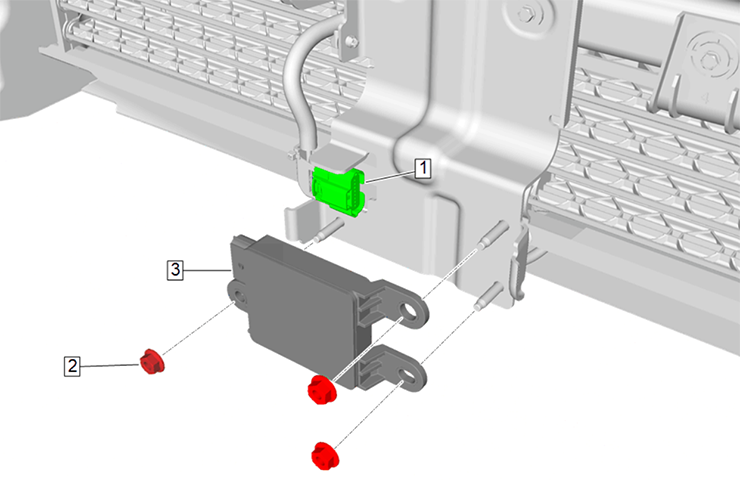 Fig. 8
Fig. 8
For more information, refer to #PIT6394A.
– Thanks to David Goodrow

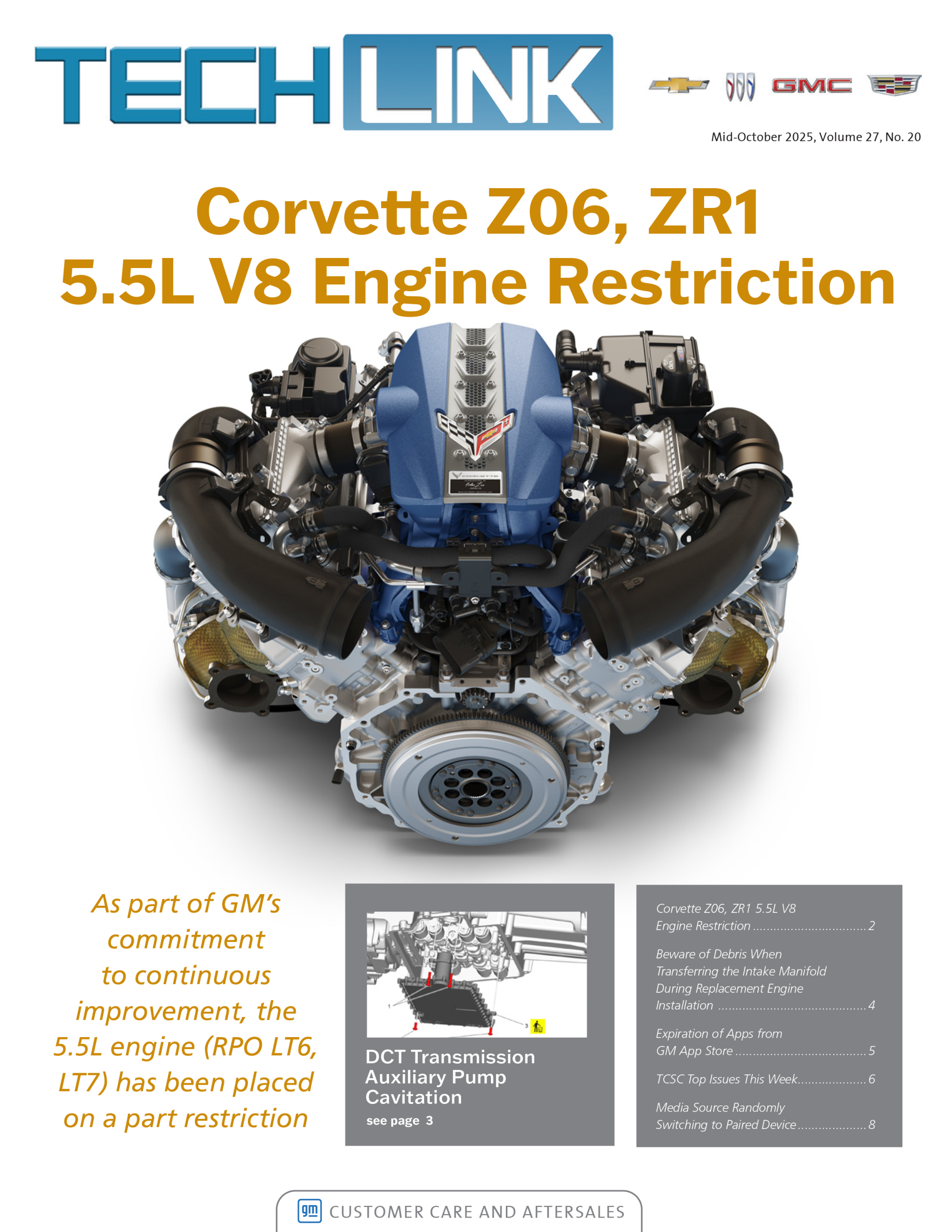
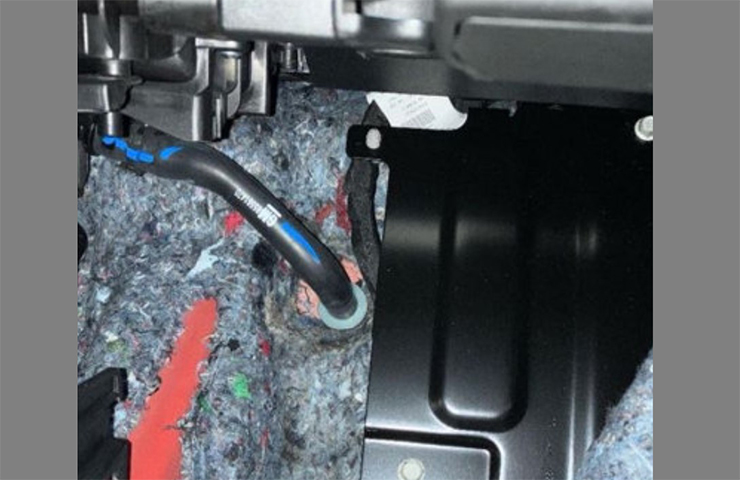
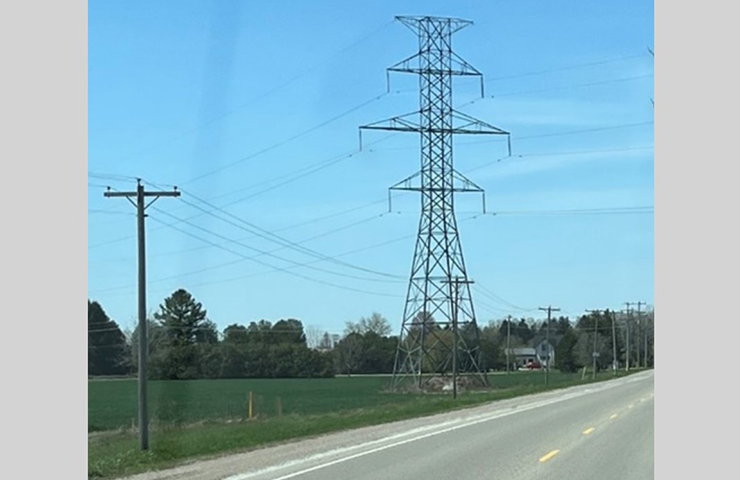
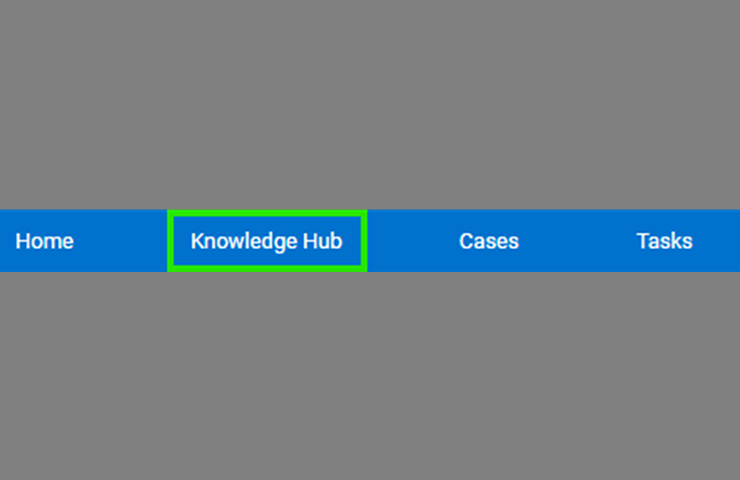
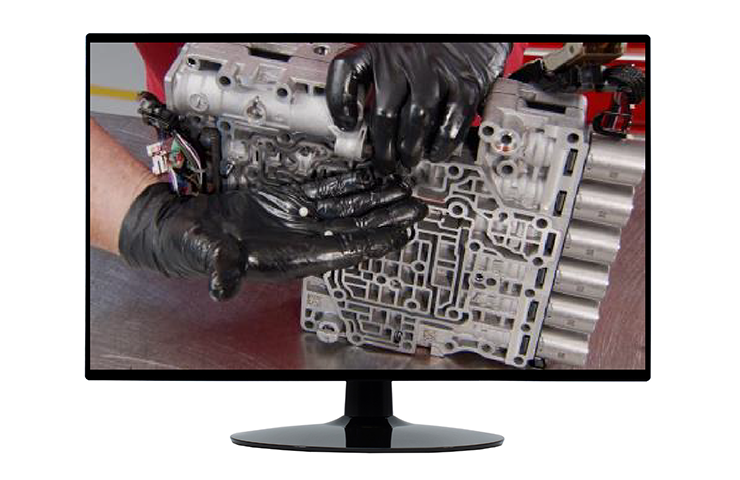
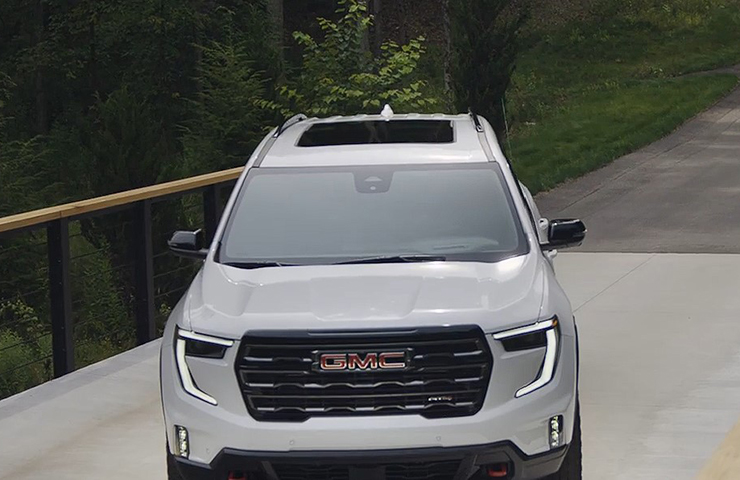
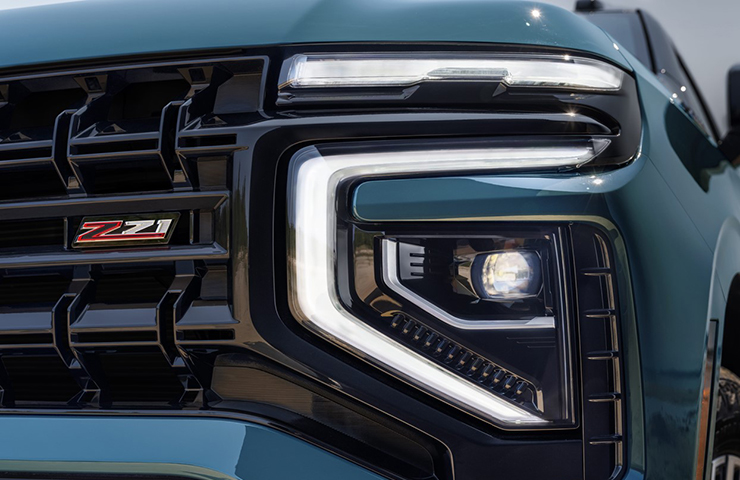
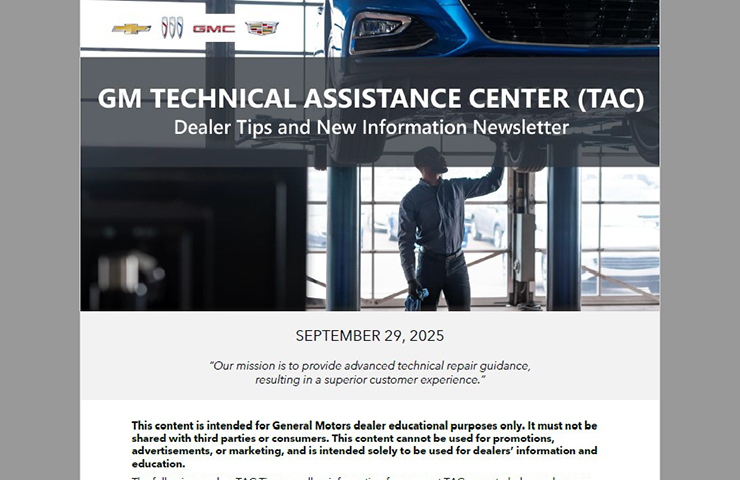
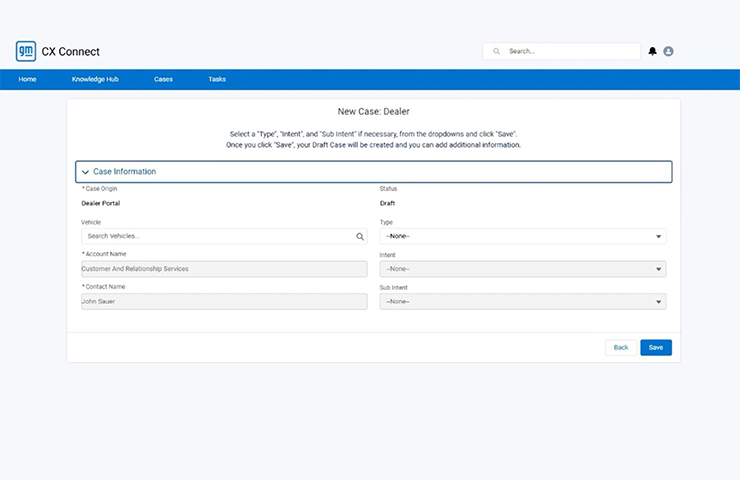
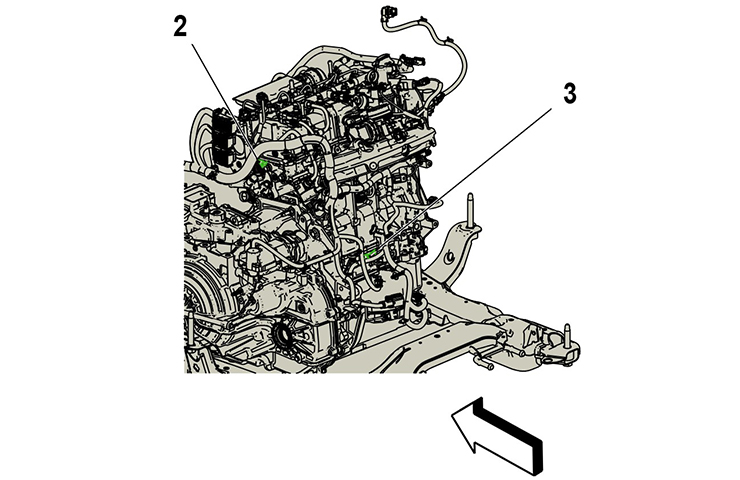
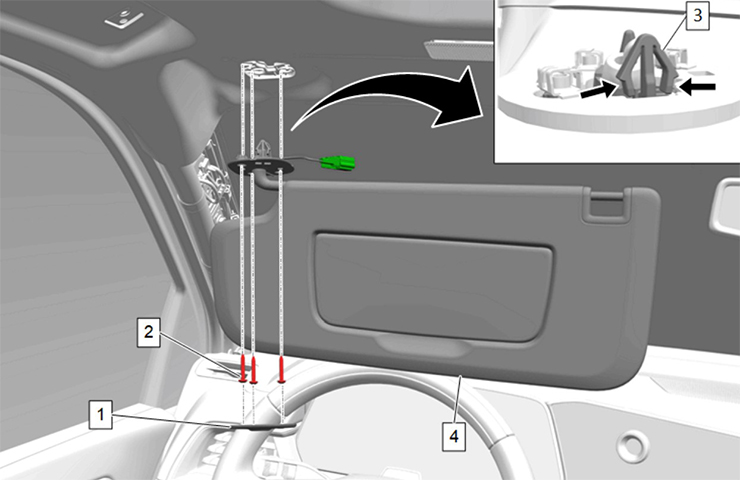
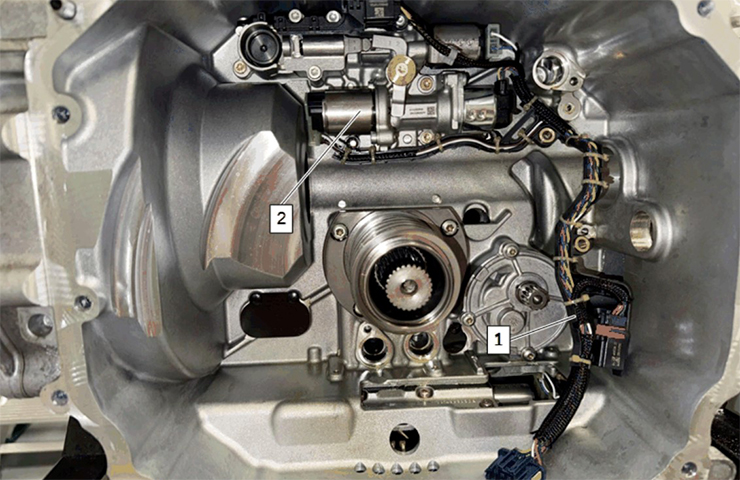
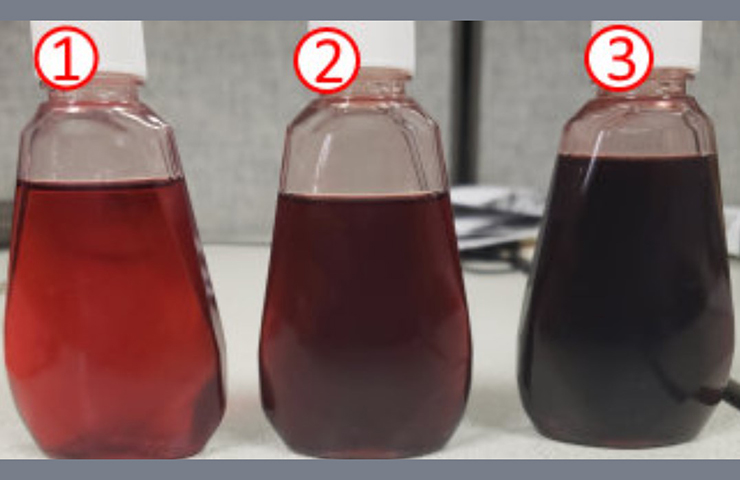


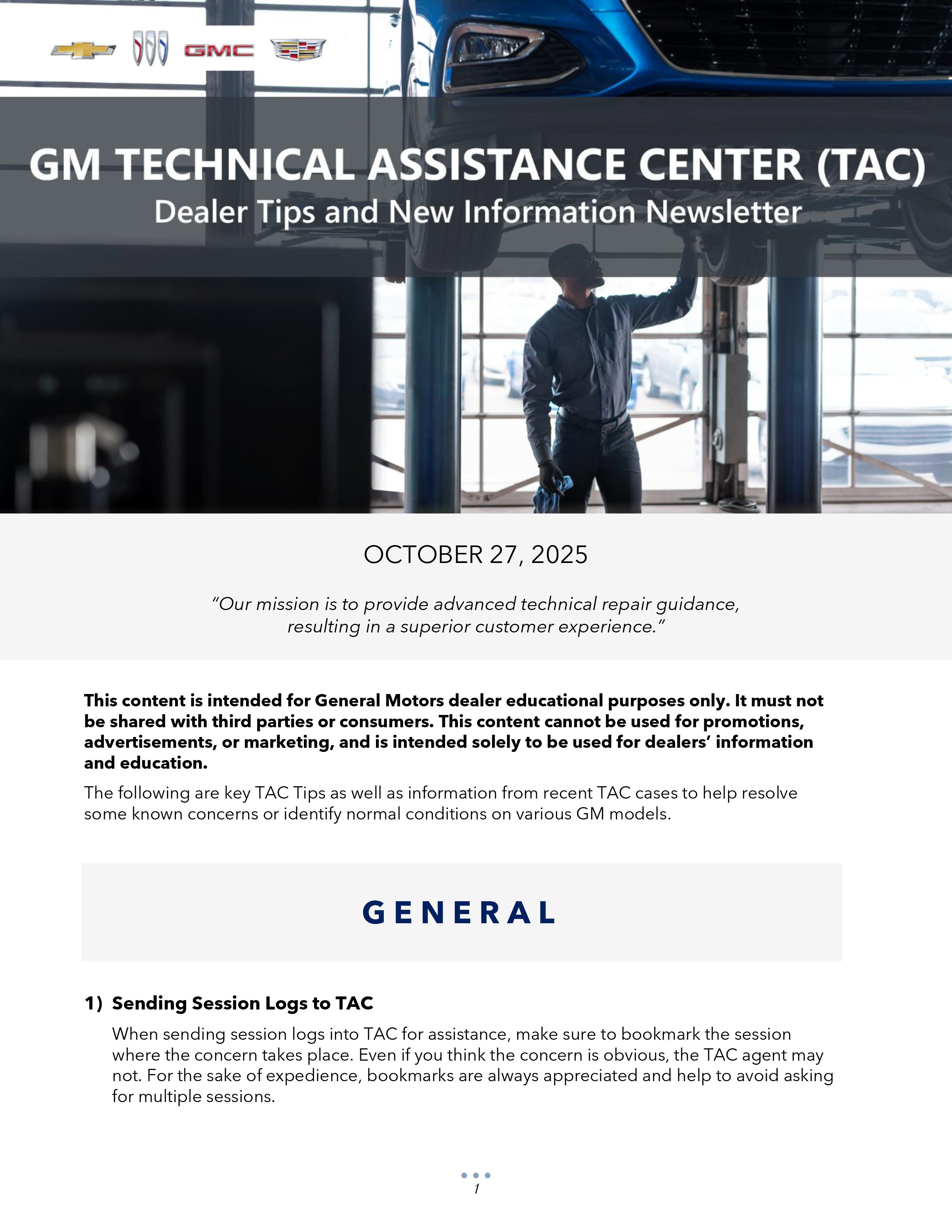
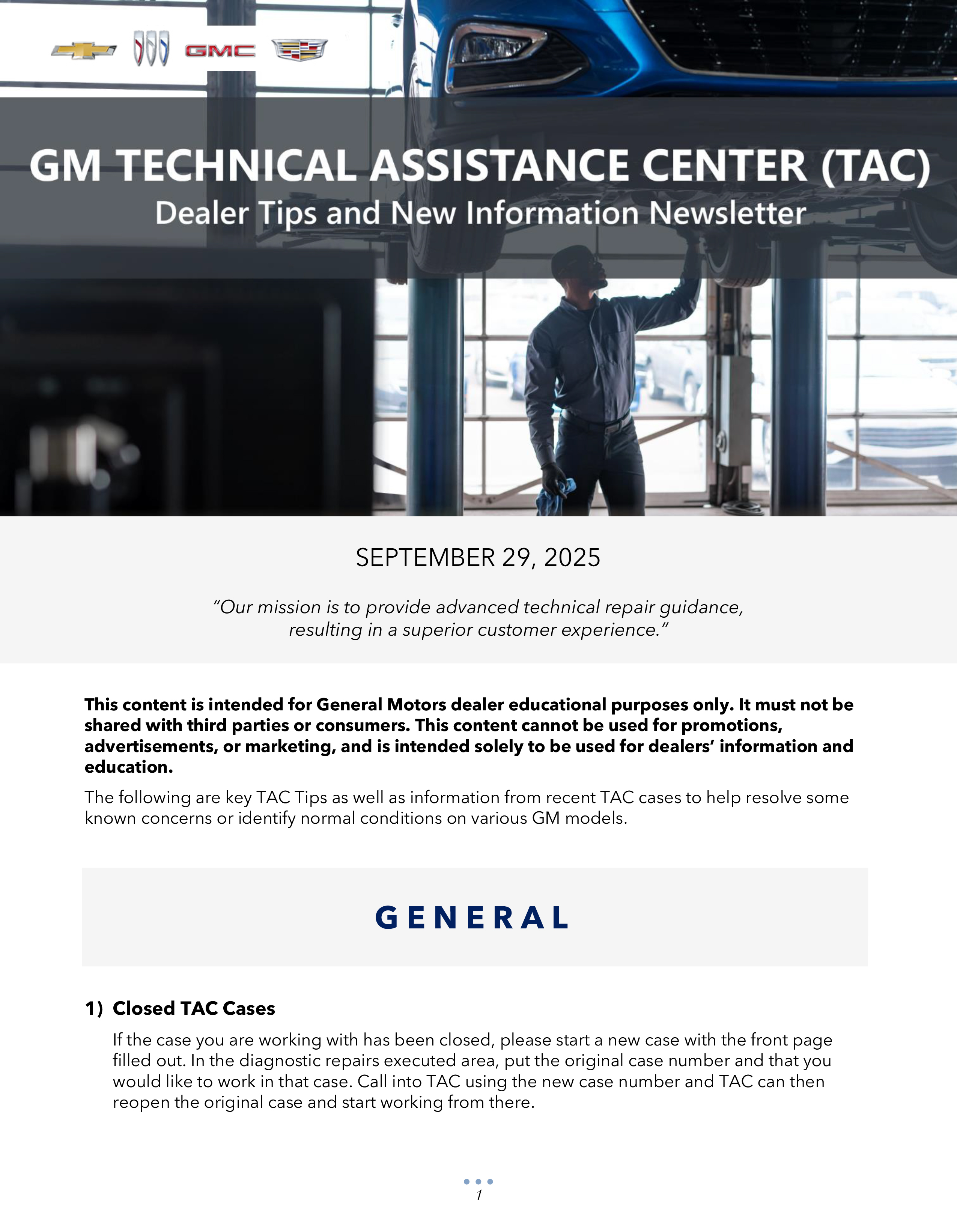

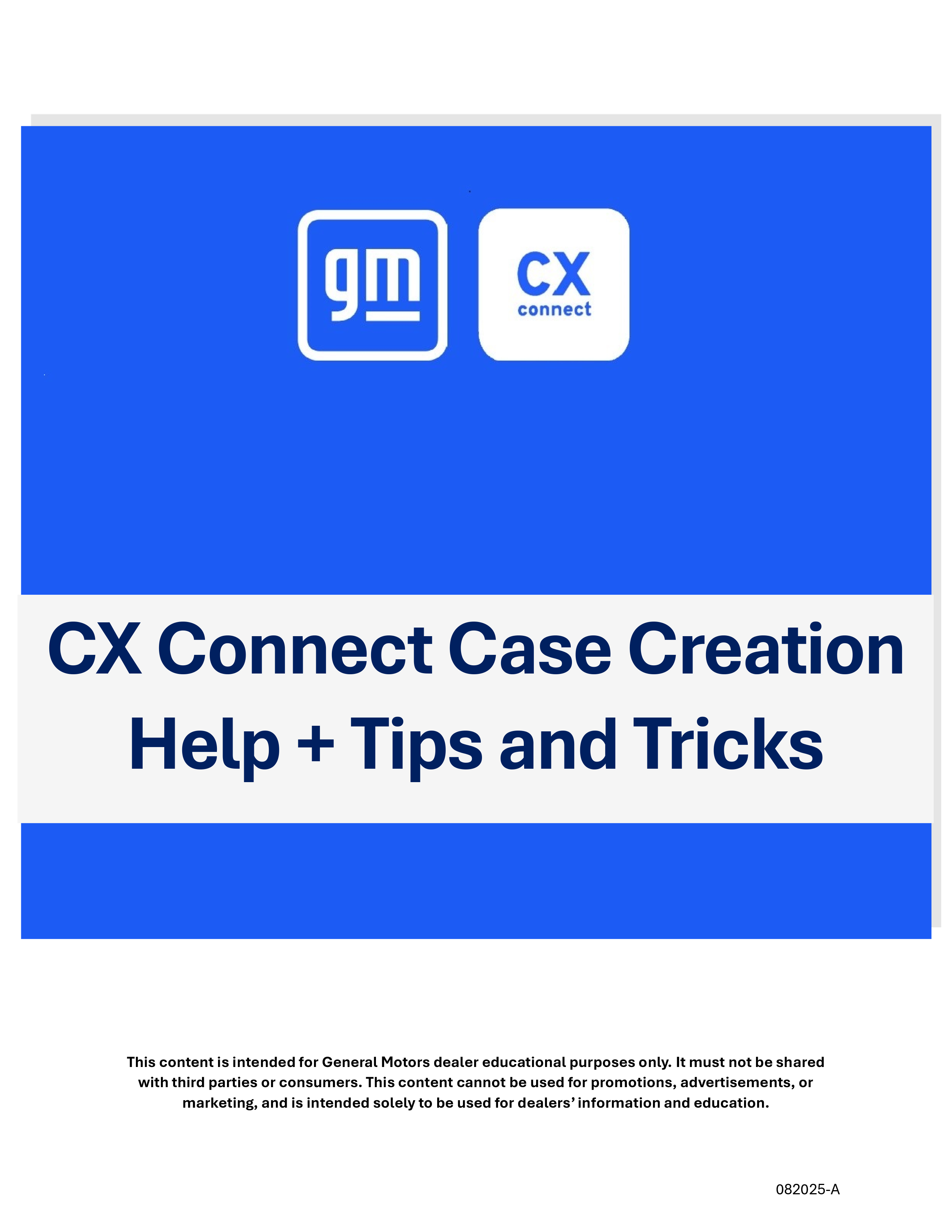
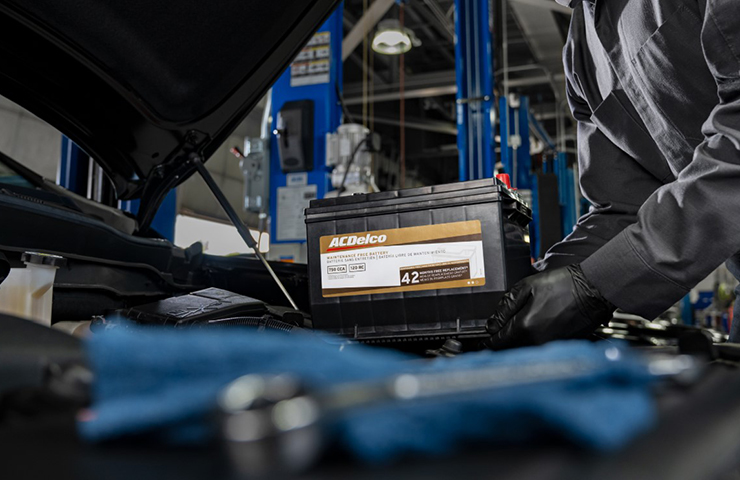
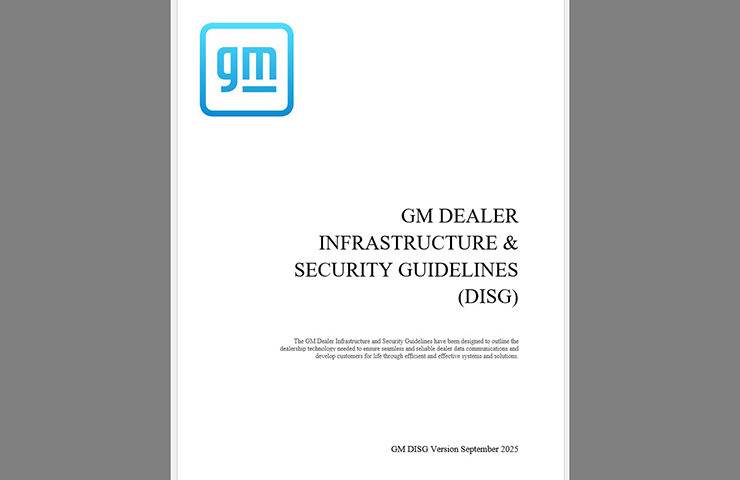
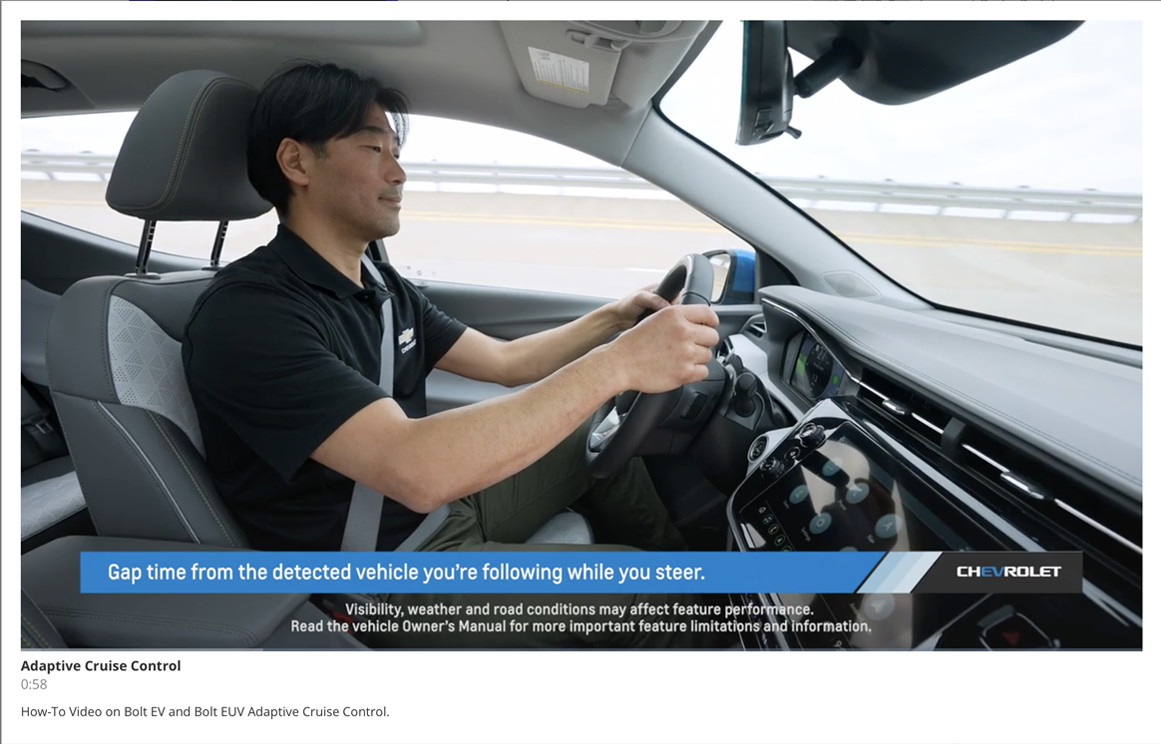
How can we speed up the learn process living in a rural area? With minimum traffic and objects that are needed to be detected, it can take up to an hour, and 40 miles of driving to get it to pass.
I HAVE FOUND NOW ON NEW ACADIA TO NOT FOLLOW THE BULLETIN AND GO DRIVE THEM IN CITY AREAS WHERE THERE ARE PLENTY OF BUILDINGS TOGETHER AND WILL LEARN IN MATTER OF 10 MINUTES THIS HAS BEEN THE CASE NOW ON 4-5
PIT6394A has been released with more tips and photos to help assist techs. Also refer to the PI for information about available labor hours.
They better fix the labor time! 1.4 isn’t going to cover pulling the front end off, replacing it, programing it, and a 30-45 minute test drive by a tech with GDS connected. I wonder why so many techs are leaving?